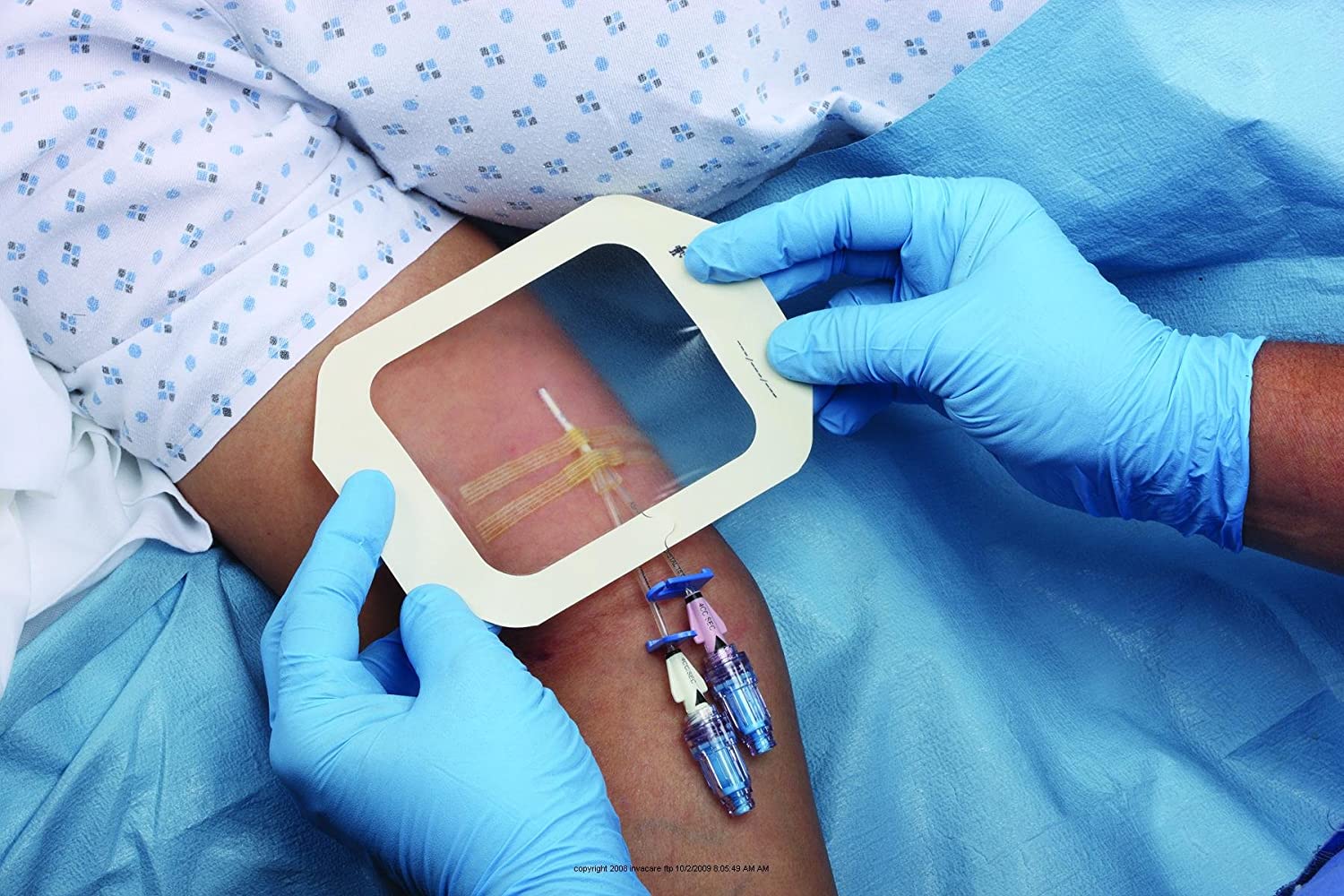Biologics are an emerging and innovative trend in modern wound care. Biological materials used in wound healing can either be derived from natural sources or can be synthetic. Natural sources of wound biomaterial include plants, fungi, bacteria, and animals. In contrast, synthetic biomaterials are made of organic or inorganic polymers.
What Are Wound Care Biologics?
Biologics are the treatment products that are derived from living organisms or cells . The advancement in wound care technology has led to the introduction of biotechnology in wound care. It is predicted the market for wound care biologics will continue to grow in the coming years and might be worth $2.4 billion by 2027.
Wound healing is a complex process that involves the dynamic interplay of various mediators such as matrix metalloproteinases, growth factors, and cellular and extracellular components. Wound care biotechnology targets these factors that are affected in chronic wounds. Some common wound care biological products that podiatrists and wound care specialists need to be aware of are described below
Cell-based Therapies
The cells in our body are constantly replaced and replenished by stem cells. Stem cells have great potential in wound care due to their regenerative capacity. Adult stem cells are transplanted to the wound site either as autologous or allogeneic grafts. Cell-based therapy aims to make the wound bed more conducive to healing. The cells that are currently actively being used in clinical settings are keratinocytes, fibroblasts, and adipose-derived stromal cells.
Skin Substitutes
Skin substitutes are tissue-engineered products used in the management of chronic non-healing wounds. They can be used to either permanently or temporarily cover the wound bed. They are classified into either acellular or cellular products. Acellular products are derived from human cadavers while cellular products are composed of living cells contained within a matrix. Skin substitutes are further broadly classified as dermal substitutes, epidermal substitutes, and dermal/epidermal substitutes.
Growth Factors
Growth factors play a critical role in wound healing. The advances in biotechnology have allowed the synthesis and application of exogenous growth factors for wound healing. One of the first growth factors to receive FDA approval was recombinant human platelet-derived growth factor-BB (rhPDGF-BB). Other examples of exogenous growth factors include keratinocyte growth factor (KGF) and recombinant human epidermal growth factor (rh EGF). However, it should be kept in mind that growth factors only work well in an appropriately prepared wound bed.
Scaffolds
Bioartificial scaffolds are composed of components present in the extracellular matrix of the skin. These tissue-engineered scaffolds incorporate collagen, hyaluronic acid, fibronectin, laminin, and endothelial progenitor cells. Unlike traditional wound dressings, scaffolds have intrinsic world healing properties.
Applications Of Biologics
Biologics are increasingly becoming ubiquitous in wound care. Some of the most common applications of biological materials in wound care include:
- Hydrogels: These are three-dimensional structures composed of various polysaccharides. Hydrogels can imbibe large amounts of water which makes them ideal to maintain a moist wound environment. Due to their biocompatibility, naturally obtained polymers are increasingly used in the manufacturing process of hydrogels.
- Film dressings: Films produced from naturally obtained polymers are biodegradable. In addition, they can also be used for the delivery of growth factors, Small molecules, and other therapeutic drugs.
- Nanofiber-based dressings: These dressings have structural similarities to extracellular matrices. Natural and synthetic biomaterials are used to create nanofibers using the electrospinning technique. These bioactive dressings are gaining recognition in wound care due to their effective exudate management and protection from bacterial infection.
Extracellular matrix-derived biomaterials: These are produced from tissues using the decellularization technique. In this process, the cellular elements are removed from that tissue while ensuring the preservation of the extracellular matrix. Some examples include Alloderm and Permacol.



.webp)

.avif)